The editor discovers that the Priest II from RTI Arms will have southpaws cheering
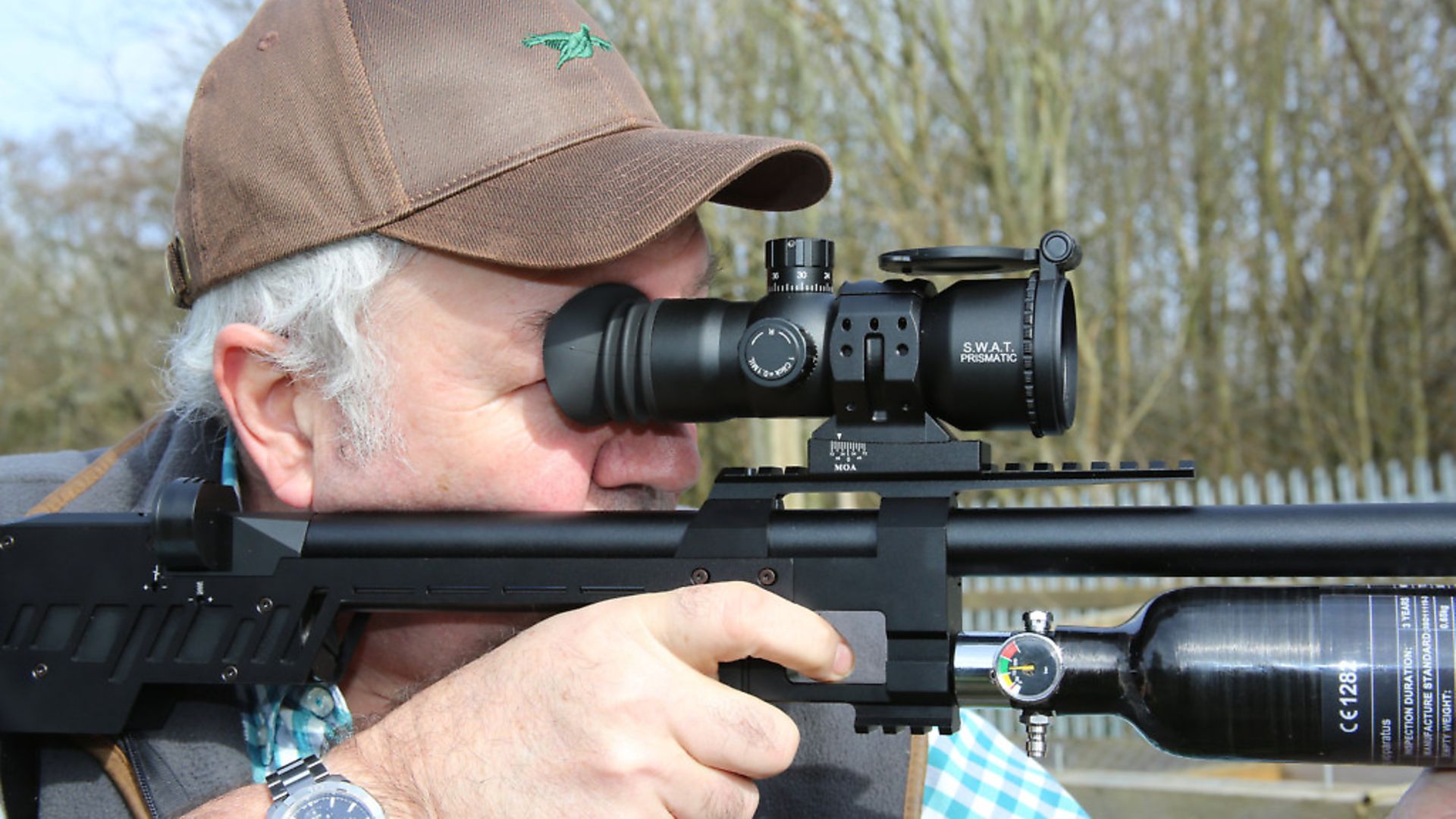 credit: Archant
credit: Archant
Some rifles offer frills, finesse and add-ons aplenty, whereas others are built around the absolute essentials, and their resources are concentrated on what’s needed, rather than what’s handy. The Priest II belongs to the latter group. Its features are comparatively few, but what’s included is designed and produced to work, perform well, and to keep on doing so for years. Include a couple of remarkable options in that formula, and in the case of this latest version of The Priest, the result is truly special.
Essential Features
To perform at the highest level, a pre-charged pneumatic sporter needs a good barrel, a consistent air-delivery system, a predictable trigger mechanism and a stock that offers a high level of control over the shot. Once these high-performance basics are brought together, the process of refinement usually completes the deal. Refinement is a wonderful process and there’s nothing better to eke out the full potential of a rifle, but without those basic essentials doing what they need to do, no amount of tweaks will save the day.
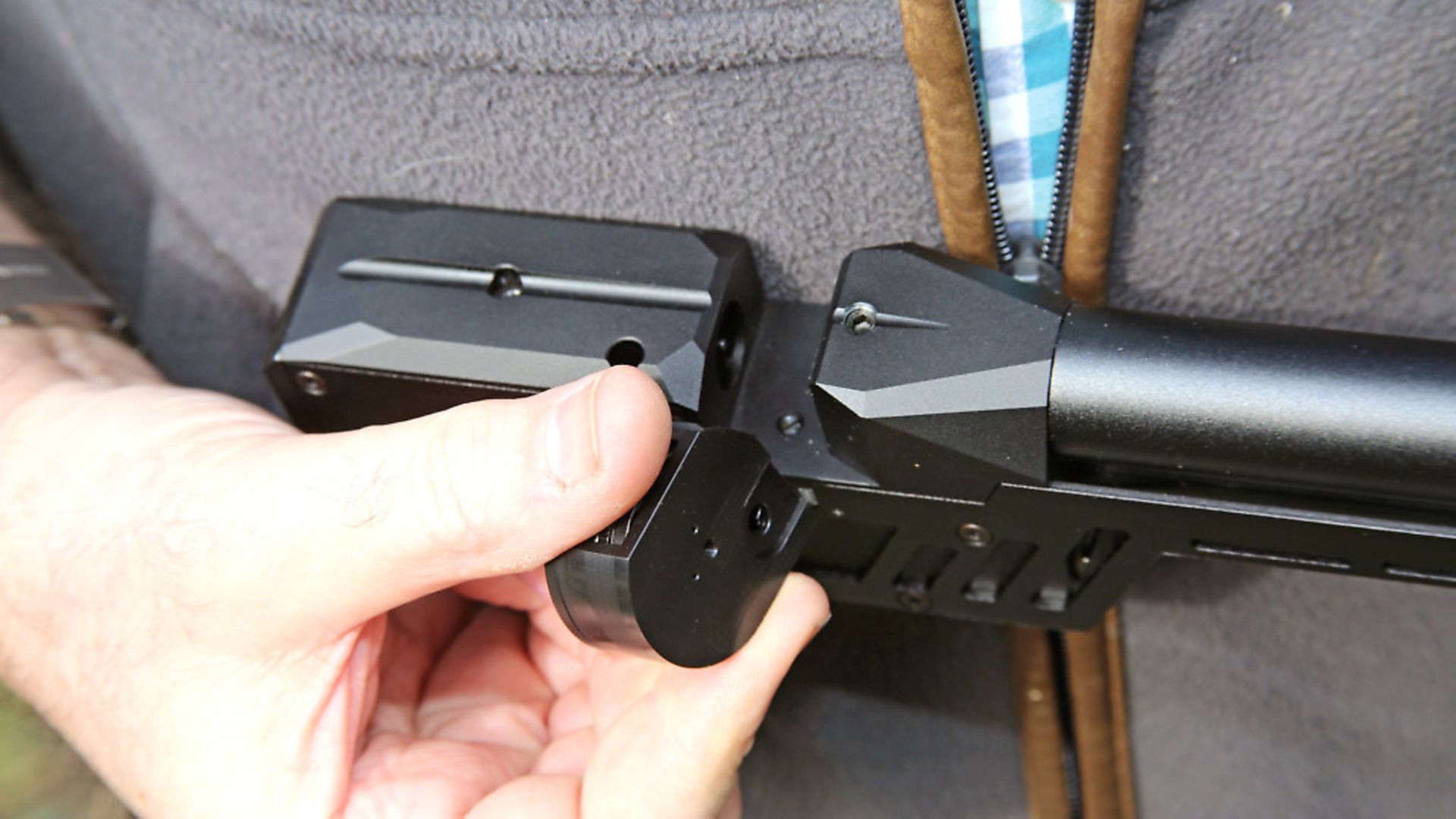 credit: Archant
credit: Archant
The Priest II
Let’s first establish where this rifle sits in terms of price, and at a mere five pence shy of a grand, it perches just under the top shelf occupied by today’s ever-growing array of bullpups. For your £999.95, you get a fully-regulated action, operated by a straight-pull bolt which actuates a rear-mounted, removable, rotary magazine, which for the .177 on test, holds an impressive 16 pellets. The .22 version holds 12 pellets, and there’s also a 10-shot .25 calibre option available from RTI Arms’ main UK agent, City Airweapons in Birmingham.
Just below the magazine housing slot, on the right-hand face of the Priest’s rear block, you’ll find two ports which accept a 1.5mm hex wrench. These are the adjustment ports which control the weight of the trigger’s first and second stages. Instructions are supplied and these should, as always, be studied carefully, especially in this case because these adjusters work in ‘opposite’ ways to each other. Again, the supplied instructions clarify everything and time taken to tune-in the Priest’s trigger will yield a crisp, precise and totally predictable let-off that, in the case of the test rifle, will maintain its settings.
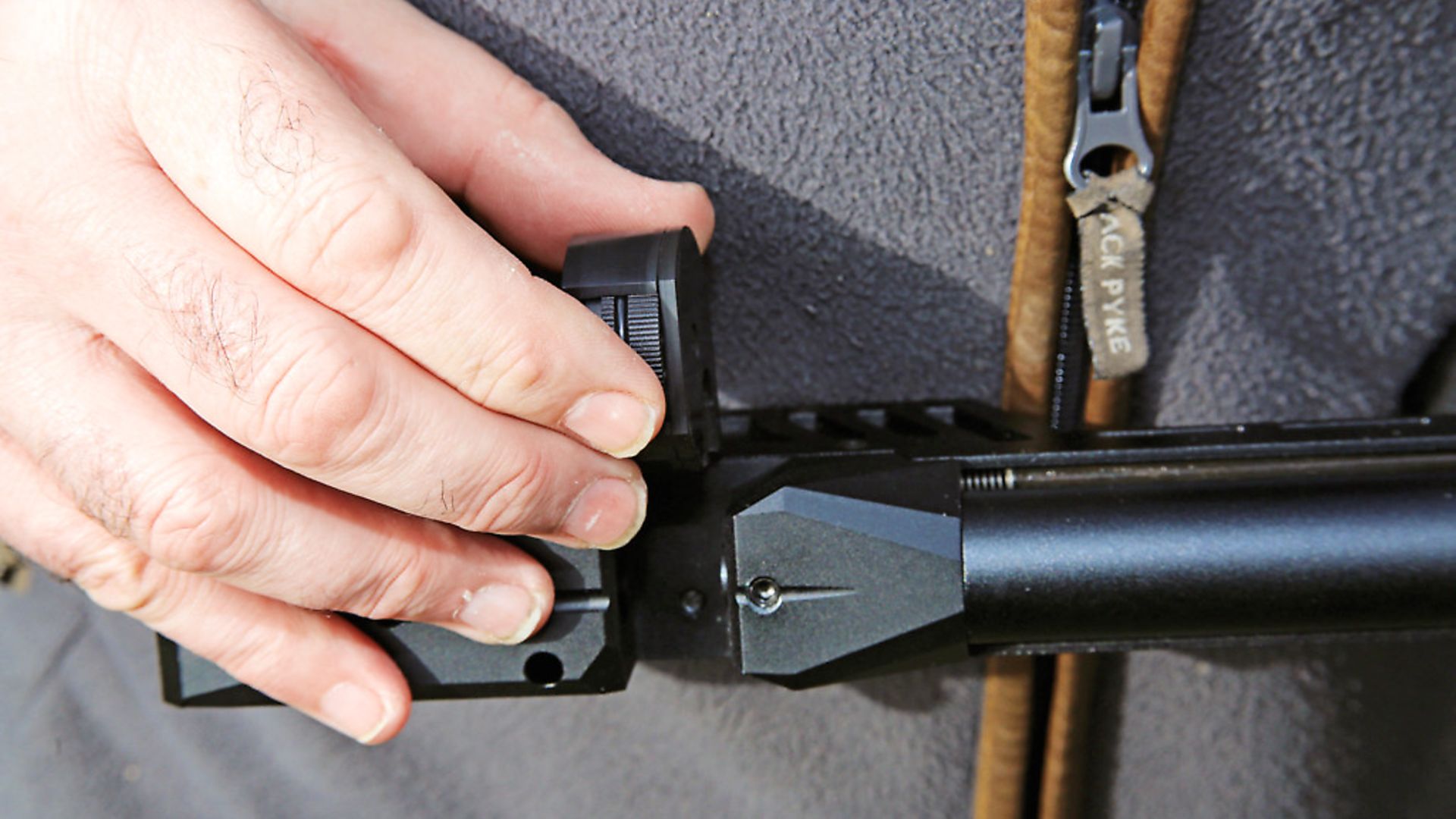 credit: Archant
credit: Archant
Air-Supply Options
The Priest II comes fitted with a 500cc, carbon-fibre buddy bottle, which is not only removable, but with the addition of an optional connecting hose, it can also be switched to powering the rifle ‘remotely’, via a push-fit connector at the rear of the butt section. Why? Well, I thought it was an oddity when I tested the original Priest a couple of years ago, but I can see an application for it. Imagine a long day in the field, or several hours on foot during an extended lamping session. Being able to remove the rifle’s buddy bottle – the reg’ is part of the system so that moves with it – connect it to an extended hose, then carry it in a comfy rucksack, could be worth doing, especially if you’re using a high-power FAC-rated Priest and you’ve swapped the standard air tank for a higher capacity one that extends your shot count.
A word of caution about the Priest’s charging system; both of the male connectors on the rifle should be covered to prevent dirt and grit getting in and bringing down the system. The main connector on the buddy bottle is especially vulnerable, so until you sort yourself a permanent fix – contact Best Fittings and see what they have to solve this – just find something that can fit over the nozzle. Frankly, dust caps should be included as standard on all PCPs, especially one with such a commendable build quality as this.
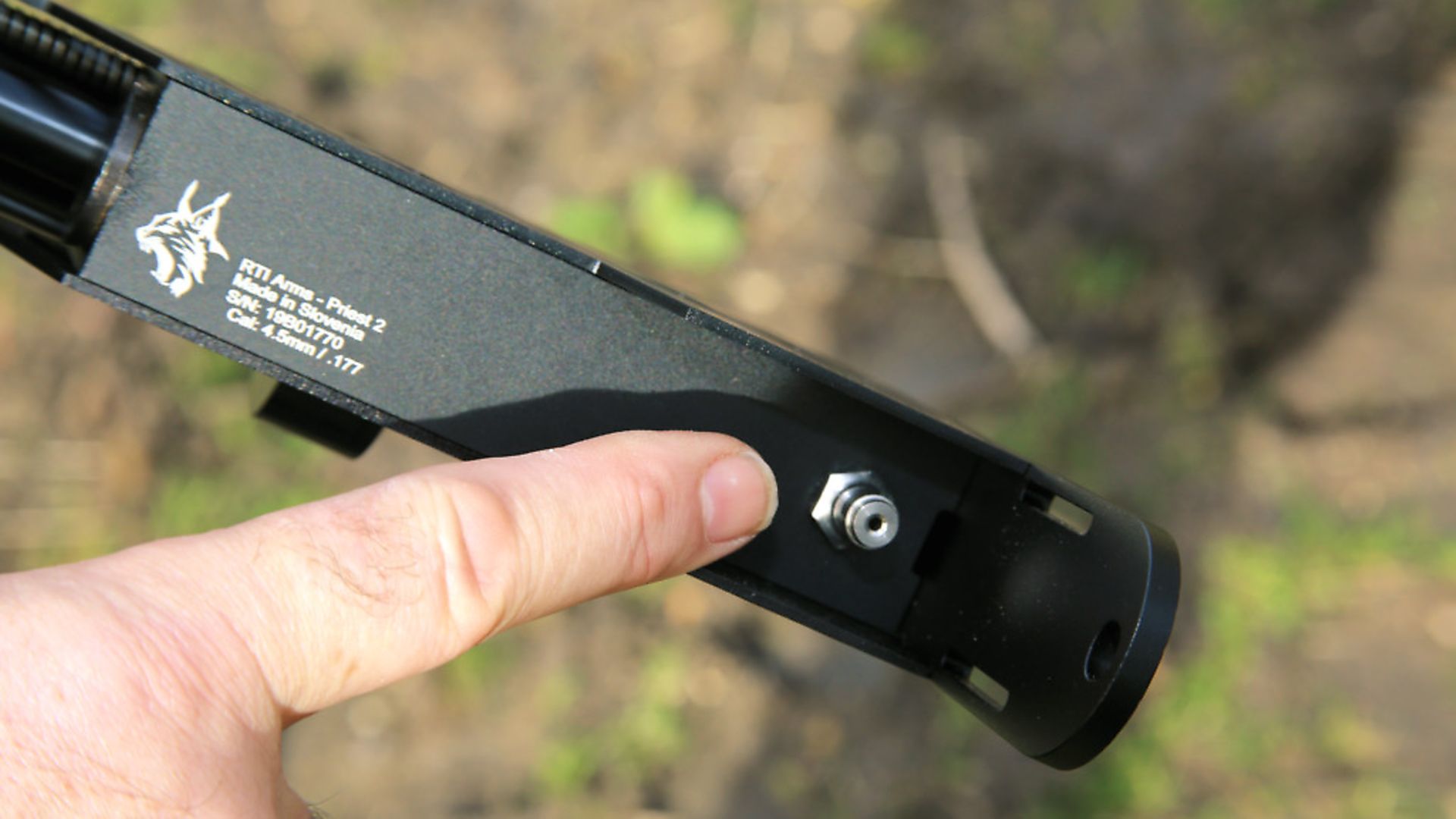 credit: Archant
credit: Archant
Basic Handling
The ‘stock’, such as it is, consists of a flat butt-pad, a rubberised, anatomical, AR15 grip, and the buddy-bottle as a fore end. There is no cheek piece as such, but the shooter’s face will fall fairly naturally along some point of the metallic tube that connects the rear and forward action blocks. That connection will be a cold one at most times of our Bristish year, but I had no trouble aligning my eye with the MTC SWAT scope I chose for this phase of the test. An adjustable butt pad would have been welcome, as always, and I’d be applying a turn of self-adhesive neoprene to make face-contact more comfortable, but I have no complaints about the drop-down grip or the buddy-bottle fore end. In fact, that carbon-fibre bottle is pleasant and secure in the hand, and its rounded base fitted my fingers a treat.
 credit: Archant
credit: Archant
Favouring The Southpaws – Yes, Really!
Now, here’s a strange, and a literally sinister, thing. The RTI Arms Priest II, in its standard form, actually favours left-handers! As shocking as that statement might seem, it’s perfectly true. The cocking/loading bolt is permanently fixed on the left-hand side of the action, and the magazine can be reversed to suit southpaws. Add the ambidextrous grip and fore end, and the Priest becomes the lefties’ dream rifle. That’s 10 per cent of the potential customer base well and truly catered for, but what about the rest of us – will having the cocking lever on the left compromise the Priest’s handling? In a word, no, but more of that when I’ve given this rifle the test of time.
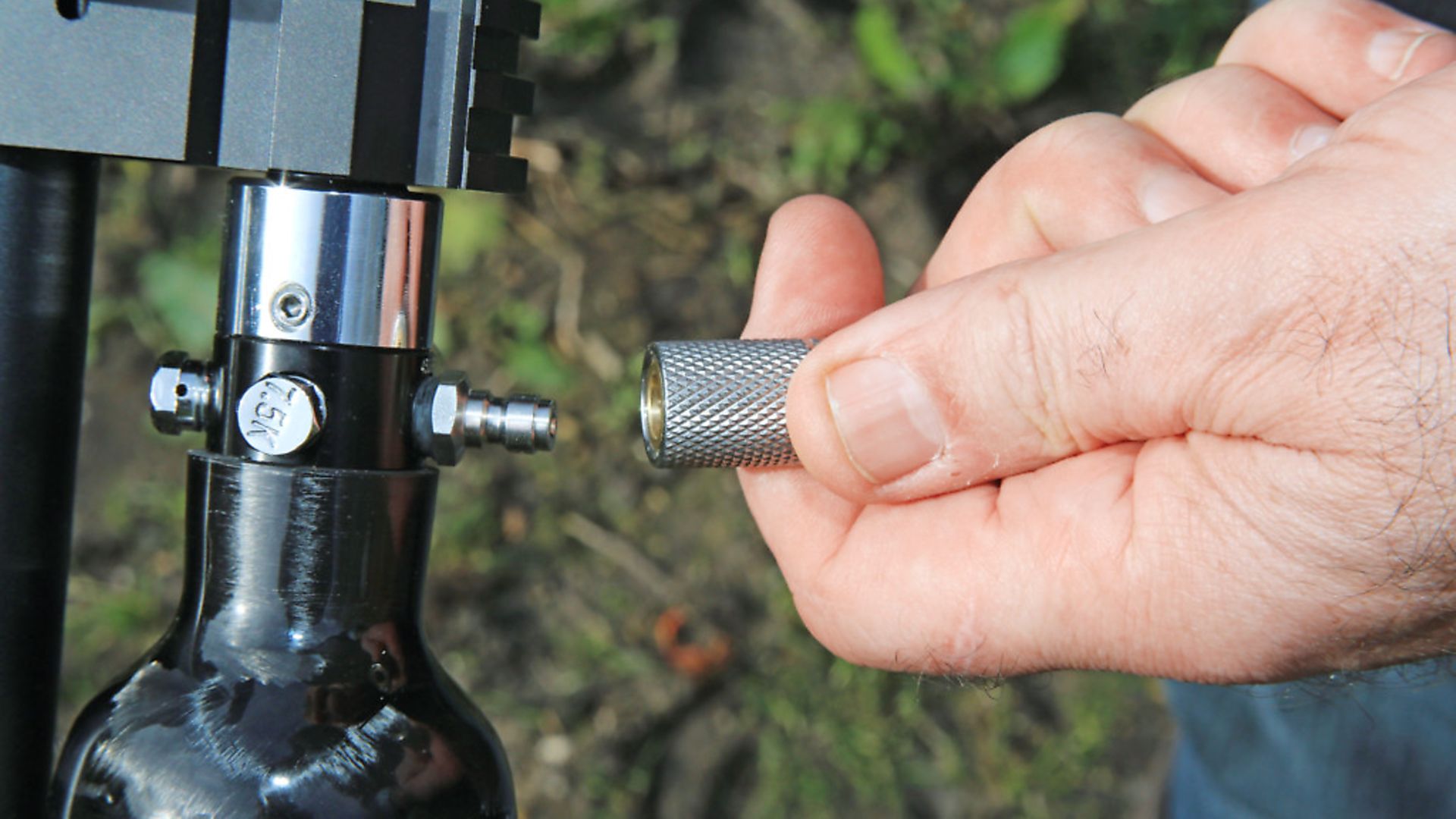 credit: Archant
credit: Archant
Final Features
This rifle has a barrel swap facility. What’s more, the swap can be carried out in a few minutes, using the minimum of tools. This operation also involves swapping the calibre-specific pellet probe, but using the RTI Arms barrel removal tool and a pair of hex wrenches (2mm and 3mm), the entire exchange can be done in the field, if you really wanted to, of course.
The Priest’s features line up is completed by a Picatinny scope rail, plus an abbreviated accessory rail below the trigger guard, a fully-shrouded, match-grade barrel, including internal baffles, and a threaded end cap for the addition of a silencer. I added one of the superb Huggett Astille moderators to the test rifle, not only because these work incredibly well and they look great doing it, but also because I want a solid barrier between my leading hand and the muzzle. You can see for yourself how good that Astille looks on the Priest, but if you don’t fancy shelling out for one, I’d strongly recommend you fit something similar.
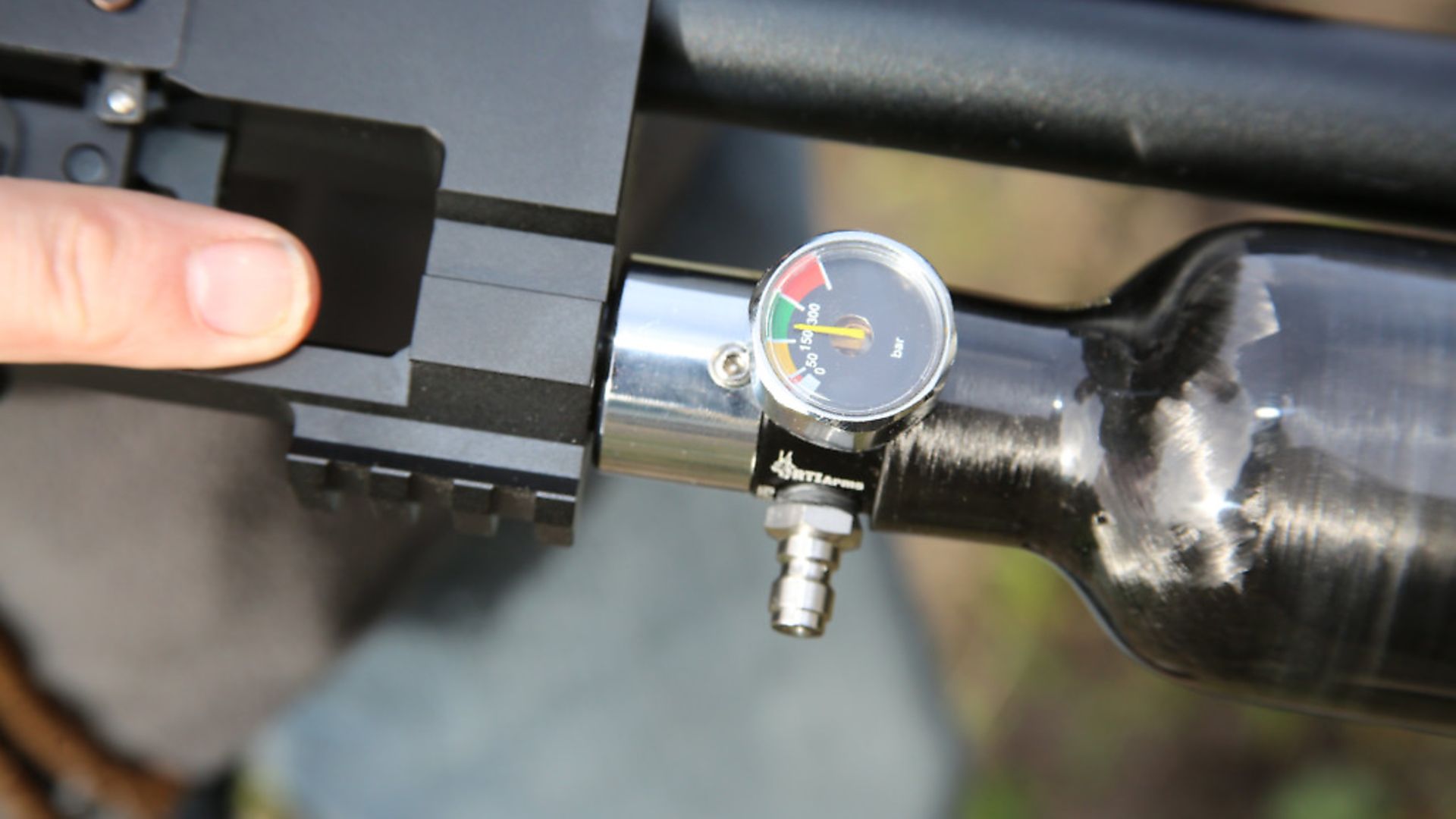 credit: Archant
credit: Archant
Charging Facts And Figures
The vast majority of modern PCPs run off between 200 and 230 bar, but the charging pressure of the Priest II is a full 300 bar, which is 4,300 psi … and that’s is a lot of air-power to have in store, provided you have that much available.
I didn’t, so I gave it all of my 230 bar, and from this, the .177 test rifle returned 385 shots at 11.4 ft.lbs. I’m assured that a fully-charged, .177 Priest will offer 500 shots at sub-12, and a .22 will yield 600, but what’s most impressive is the performance of the rifle’s regulator. I clocked 100 shots over the chrono’, using Air Arms Diabolo Field straight from the tin, and my notes insist there was a 16 f.p.s. extreme variation throughout.
I’ve had no involvement with Priest prototypes and not a single chat with RTI engineers, so I know nothing about the rifle’s regulator or firing valve, apart from the fact that they work well together. I’ll see what I can discover in time for next month’s follow-up test, but for the time being, let’s consider the accuracy stats.
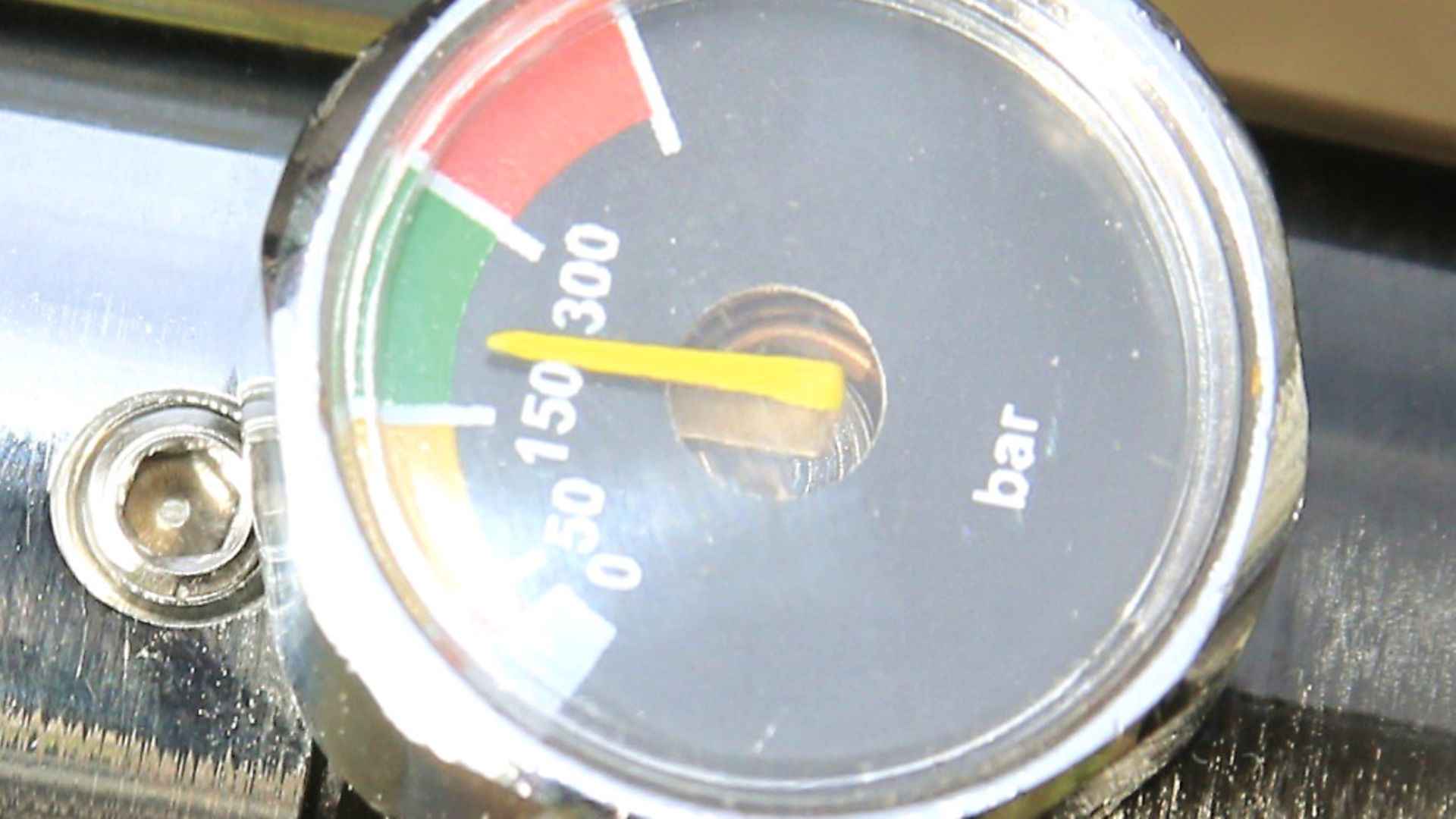 credit: Archant
credit: Archant
On Target
This isn’t a bench rest rifle but Storms Ciara and Dennis conspired to make anything else utterly pointless. I have access to a 25-yard covered range at my club, and a 55-yard ‘semi-sheltered’ one, so between them and the benches that serve them, I was able to put together some meaningful target cards.
This rifle will group its pellets within 15 mm at 40 yards and 26mm at 50. Within the real world ranges of sub-12 ft,lbs.
Hunting – out to 45 yards – the Priest II can hold its own with pretty much anything out there. Whether that ‘southpaw’ cocking bold configuration would grate, or be great, is undoubtedly a question of time and use, and I’ll address that in detail next month.
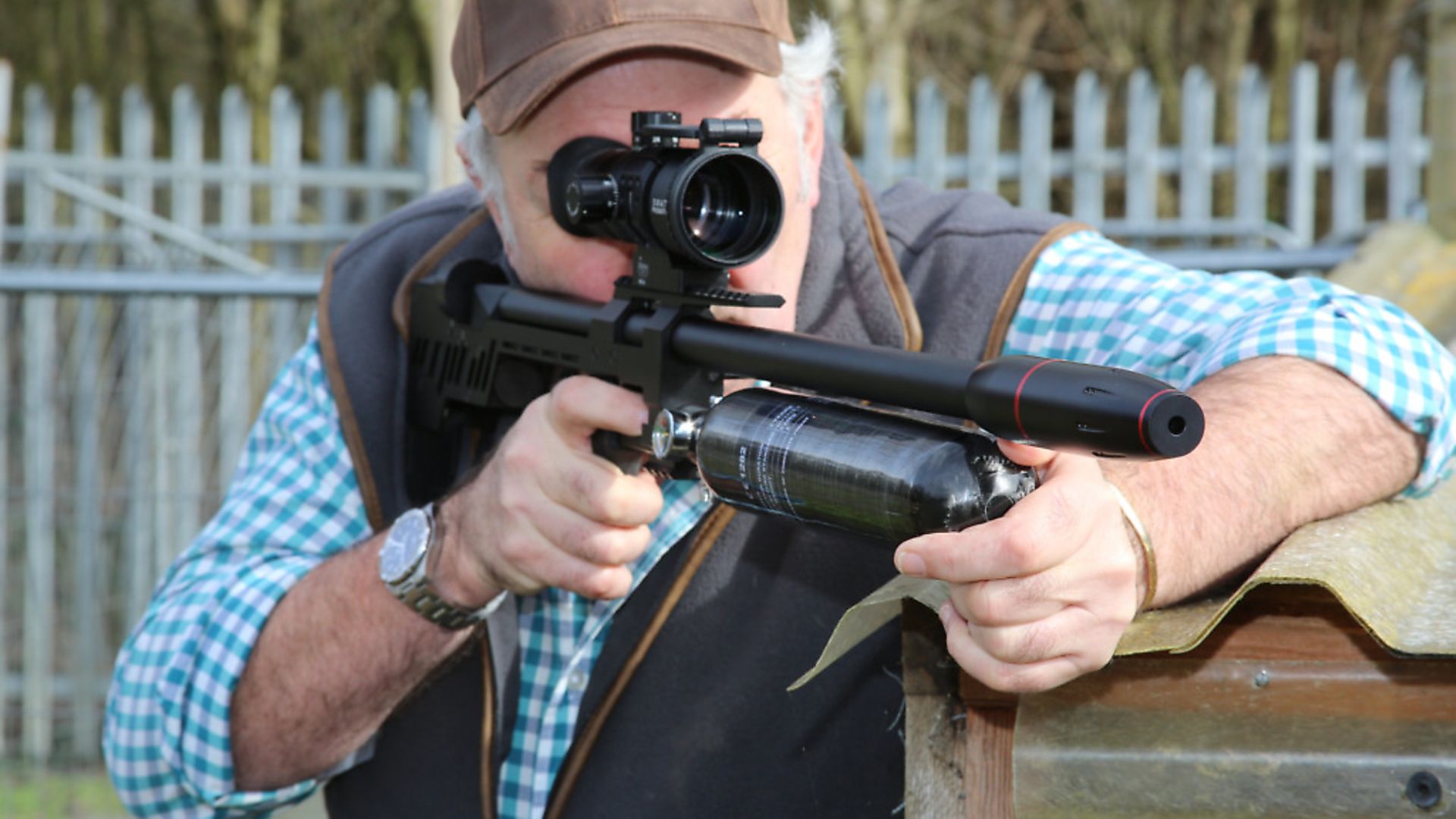 credit: Archant
credit: Archant
Initial Verdict
The Priest II is a high quality rifle, and it does the important things extremely well. It’s easy to use, built to last and it comes with a couple of novel options. It’s definitely growing on me, and a southpaw mate of mine has already ordered one. See you next month.